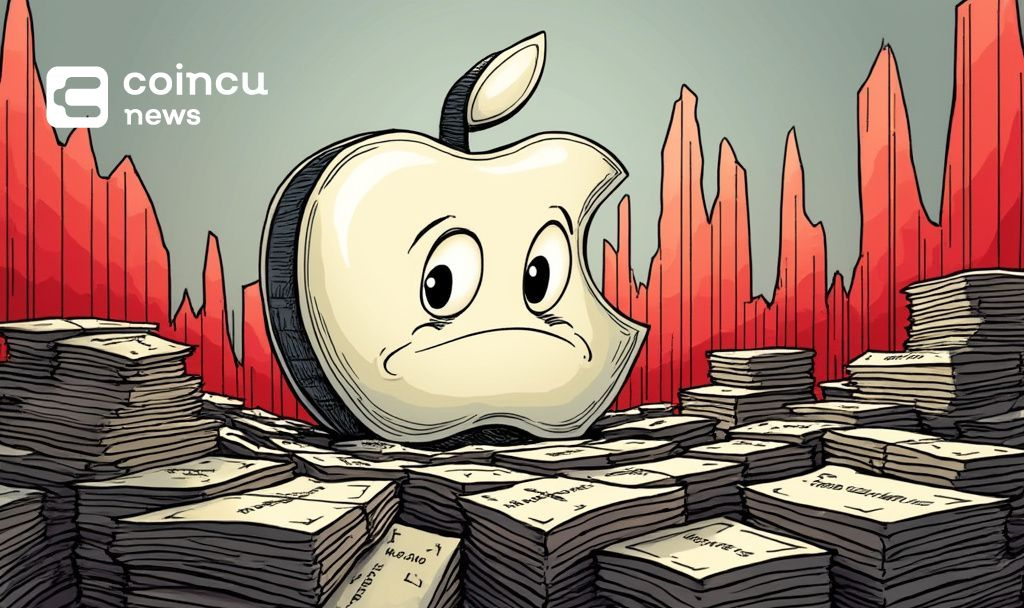- Apple struggles with increased tariffs, affecting stock and manufacturing.
- Apple’s stock lost $300 billion in market value in two days.
- Analysts predict iPhone costs rise sharply due to tariffs.

Apple’s shares took a sharp nose-dive following new tariff announcements, highlighting significant challenges for the tech giant.
On April 4, the Trump administration’s “equal tariff” plan caused Apple’s shares to drop sharply on Wall Street.
Apple’s $300 Billion Loss Amid Tariff Announcement
U.S. President Donald Trump announced tariffs aimed at balancing trade deficits, imposing a 34% tariff on Chinese imports. The economic measures caused a $300 billion market value loss for Apple as the stock fell by 9% on April 4 and continued to decrease on April 5. Apple’s efforts to reduce its reliance on China by moving operations to Southeast Asia are also impacted due to proposed tariffs on these regions, adding pressure on Apple’s global strategy. Analysts suggest these tariffs will increase Apple’s annual costs by approximately $8.5 billion, affecting pricing strategies and profitability.
Daniel Ives, Analyst, Wedbush Securities, criticized the tariff measures as “economic Armageddon” for tech companies, emphasizing that Apple’s supply chain and pricing are particularly vulnerable.
The tech industry as a whole feels the pressure, with similar stocks dropping significantly, illustrating the immediate market shockwaves.
Tariffs Challenge Apple’s Supply Diversification and Profitability
Did you know? During Trump’s first term, Apple managed to secure tariff exemptions, which limited cost increases. The current broader approach, targeting even Southeast Asia, restricts such tactics, presenting unique challenges for Apple today.
During Trump’s initial presidency, Apple negotiated exemptions, partially protecting against cost spikes. However, today’s tariffs on Southeast Asia, a region considered for Apple’s supply diversification, compound difficulties in relocating manufacturing. Analysts point out that moving a fraction of production from Asia to the U.S. would cost $30 billion over three years. Current stock evaluations remain cautious, advising investors as Apple navigates this complex landscape, where operational and regulatory adjustments are crucial for maintaining market competitiveness.























